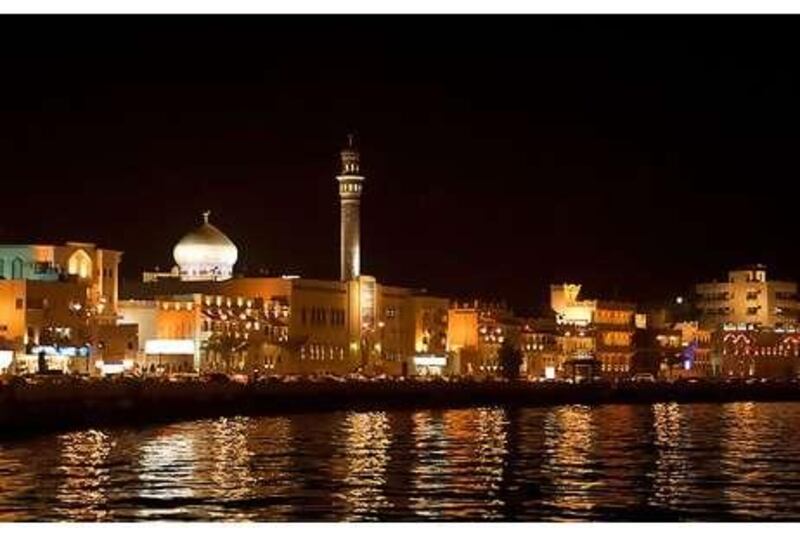Oman will build a huge power plant south-east of the capital to keep up with galloping growth in consumption, the state utility announced yesterday. The multibillion-dollar, gas-fired plant at Sur - set to be the country's largest by far - indicates the government has shelved plans to build the GCC's first coal-fired power plant, analysts say.
The project will also allow the decommissioning of a power station in the capital that spoils the view near the city's finest hotels. Oman Power and Water Procurement (OPWP) will next month accept bids from companies proposing to build, own and operate the plant, and wants it generating 400 megawatts in time for the summer of 2013, the company said yesterday. The plant would reach its capacity of 1,500mw the following year, generating power equal to about 40 per cent of the country's total consumption in the hottest months of last year.
"In line with best international practices, the sultanate is seeking to locate new power stations away from residential areas," OPWP said, emphasising a change in course from an earlier plan for power generation in the capital. The utility will not expand a power plant in al Ghubarah, close to Madinat Qaboos and the Chedi Hotel. OPWP's planned last year to build a 1,000mw plant at Duqm in the country's south-east that would have been the first in the GCC to burn coal, but the utility cooled on the proposal. The country's existing power plants are fired by oil or gas.
Power officials told local press this year that using the more polluting coal to generate electricity had become a backup option and was no longer necessary in the short to medium-term. Forecasts for power consumption and gas supply had changed since the Duqm project was proposed several years ago, said Robert Bryniak, the chief executive of Golden Sands, a GCC power consultancy. "There just really isn't a good reason to put a coal power plant there," he said.
"The initial impetus to study coal was concern about inadequate gas feedstock. What happened was they discovered more gas and economic activity slowed down a bit." Electricity demand in the country's northern half, where the vast majority of the population lives, is expected to almost double in six years, representing an annual increase of 8.5 per cent, according to an annual OPWP forecast released in December.
The Salalah region is served by a separate electricity grid and will record an even faster annual growth rate - 11 per cent - albeit from a much lower base. The country is facing a short-term energy shortfall and needs this year to build at least 115mw of expensive temporary generating capacity such as diesel generators and barge-mounted gas turbines, the forecast said. The Sur plant will be fed with gas that now goes to the liquefied natural gas (LNG) export terminal nearby, OPWP said, suggesting the LNG plant could receive even less gas for export than it does now.
"Implementation of the proposed Sur [independent power project] follows recent confirmation by the oil and gas ministry ? that the power sector would receive priority over the allocation of Oman's gas resources," said Bob Whitelaw, the chief executive of OPWP. @Email:cstanton@thenational.ae





